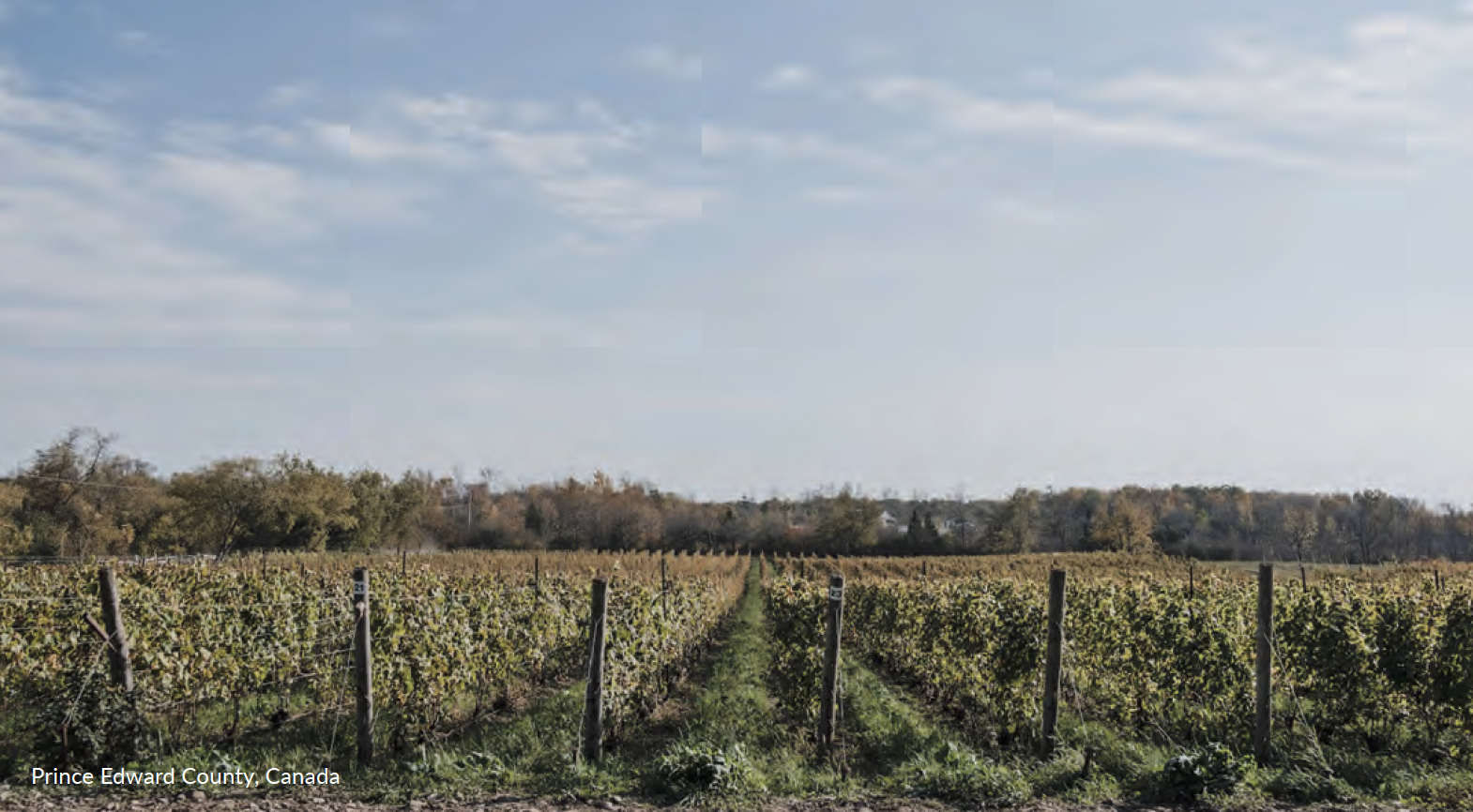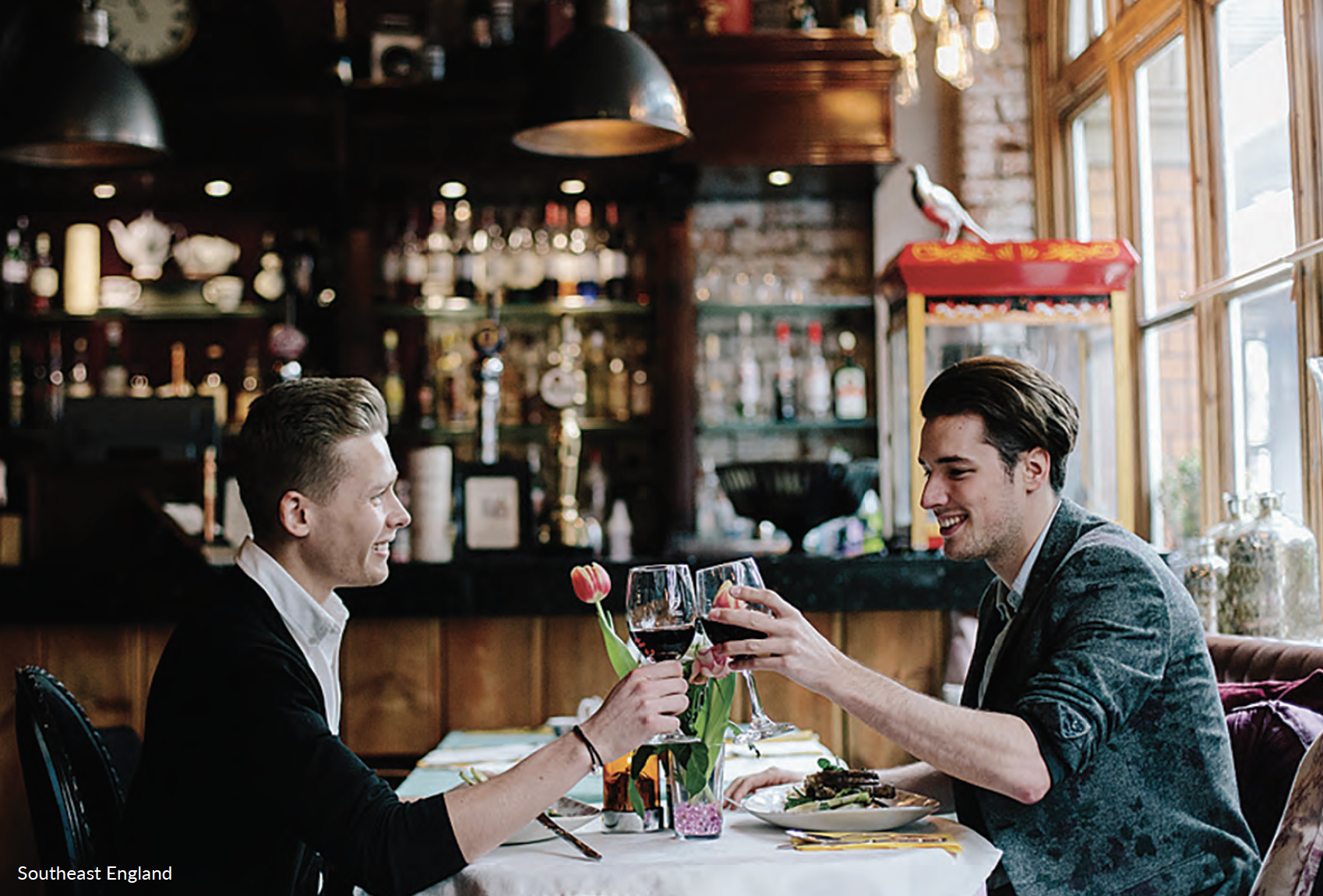Organic Spa Magazine |
| Posted: 10 May 2020 06:57 PM PDT Delicious local wine from spots you may not have heard of. To really get a feel for a destination, sip a glass of its wine. Like homegrown culinary ingredients, wine is born of local soil and helps tell the story of a region's topography, weather, flavor preferences, culture and history—and in many cases, its sustainable practices, too. Best of all, it isn't just splashy places like Tuscany and the Napa Valley that have these stories to tell, but also an increasing number of spots with emerging or revived wine scenes. Here are five lesser-known wine destinations around the world that are worth a visit—and a place on your wine rack. VERDE VALLEY, ARIZONAThe hot desert landscapes of Arizona don't exactly scream "wine country," but to find some of the state's increasingly notable wine production, you need to head higher—specifically, into the hills around Sedona. There, in an area not far from Grand Canyon National Park, are the cool, dry "high desert" climates needed to produce varietals such as Syrah, Grenache, Viognier and Petite Syrah similar to what you would find in the Southern Rhone region of France. Enjoy a scenic drive up from the wellness hub of Sedona to follow the Verde Valley wine trail (download a map at vvwinetrail. com), which fans out around the town of Cottonwood. At Page Springs Cellars, you can stroll the vineyards, taste the wines, savor flavorful bites at The Bistro (or order a picnic to enjoy on the grounds), and even book a yoga session or massage. You can also make a day of it at Javelina Leap Vineyard & Winery, a family-owned spot where you can tour the production facilities (reservations are required during the harvest season), then sample the wares paired with artisan pizzas and antipasti boards out in the Secret Garden. Guests of one of our favorite resorts in the area, L'Auberge de Sedona, will also find Arizona wines in their rooms and on the bar menus—including two blends custom made for the hotel. HVAR, CROATIAWhile Croatian wine has been generating more interest internationally these last few years, most of the attention is focused on vintages created on the mainland or on the lush Istrian peninsula. But hop a couple hours' speedboat ride from tourist hub Dubrovnik and you'll come to an island with some of the oldest continuously planted vineyards in the world—and a landscape system which dates back to the Ancient Greeks. Best known as a destination for summer fun, the island of Hvar has, in its interior, the Stari Grad Plain, a UNESCO World Heritage Site that's one of the best remaining examples of the Greek chora (stone wall) land-parceling system. On an excursion with Hvar Wine Tours, you'll see this innovative system firsthand to learn how it was used to cultivate crops, including grapes, then visit a selection of wineries to taste firsthand traditional varieties like Plavac Mali. While some of the wine here is being made by experts who've moved to the island from abroad, you won't find any large, corporate productions here; instead, chances are that you'll meet the winemakers or owners themselves as you sip your way through villages like Jelsa and Svirce. Don't miss a stop at the intimate Duboković, run by a passionate second-generation winemaker (the operation here is so familial, you might even snag a bottle of something before it's officially released), and to the PZ Svirce co-op, which has produced award-winning organic wines. There are even "underwater" tasting rooms on the island, if you are feeling more adventurous.  PRINCE EDWARD COUNTY, CANADAWhile western Canadian regions like the Okanagan Valley have become famous for their world-class wines, the country's east coast is probably best known for producing dessert-friendly ice wines and other sweet varieties that tend to do well in colder climates. Which is what makes Prince Edward County something of a revelation. Not to be confused with Prince Edward Island (land of Anne of Green Gables fame), this county sits along the shores of Lake Ontario, nearly midway between Toronto and capital city Ottawa. Thanks to a unique microclimate, the area has proven adept at nurturing grapes like Chardonnay, Gamay, Pinot Noir (similar to Burgundy in France), as well as Riesling, Cabernet Franc and others. (Many of the producers also make ciders.) The cold weather can still be a challenge, but the expert winemakers who've set up shop in the area—among them notable sommelier-turned-winemakers and industry vets from bigger cities—have risen to the task, creating both great wines and some fun tasting-room experiences. Top spots to visit include Grange of Prince Edward Winery, where the mother-and-daughter team of Caroline and Maggie Granger tend to about 60 acres of vines; Hinterland Wine Company, which specializes in crafting sparkling wines using traditional methods; and Karlo Estates, a vegan-certified winery making blends that are natural, food-friendly and wild fermented, using only minimal filtration methods.  SOUTHEAST ENGLANDWhen Harry and Meghan, the Duke and Duchess of Sussex, got married, they didn't need to look to France or Italy to provide bubbles for their reception toasts—they found some top-notch fizz right in their own backyard. While wine has been produced in England since the Roman times (there's some argument about whether sparkling wine was first created by an English monk or a French one), the country's colder, damp climate made it relatively inhospitable to vineyards. With climate changes, however, numerous vineyards have been planted or revived over the last several years—predominantly in southeastern regions like Sussex, Kent and Hampshire—and are now yielding high-quality grapes like Chardonnay, Pinot Noir and Pinot Meunier. For the most part, the grapes are being used to create sparkling wine, many of which have won awards on the international circuit. Hop on a tour with a company like Great British Wine Tours (greatbritishwinetours.co.uk) to visit some of these estates and taste their wares, or pop into the U.K.'s first dedicated English wine shop, Wine Pantry, at London's famed Borough Market, to learn from the experts. Many U.K. hotels are also celebrating the local sparklings on their wine lists; labels to look out for include Nyetimber, Raimes and Coates & Seely. PICO ISLAND, AZORESMade up of nine volcanic islands spread across the North Atlantic Ocean, the Azores are officially part of Portugal—so their location just a four-or-so hour flight from Boston makes them the closest part of Europe to the U.S. Portuguese traditions run deep on the archipelago, visible in everything from its seasonal festivals to its winemaking culture. For the latter, head to the island of Pico. Though wine has been grown and made in the Azores for at least five centuries, a major outbreak of vine-destroying phylloxera bacteria in the late-1800s effectively shut down the industry, and led to a large emigration of residents. Production was revived in the 1940s and 50s, and in 1961, the island of Pico established a co-op for growers and winemakers that now acts as the hub of the island's vinho scene. Both the co-op and the nearby Museu do Vinho wine museum provide an informative overview of the island's unique topography, soil and grape varieties; the co-op also offers tastings, while near the museum you can wander past examples of the traditional stonewalled vineyards typical of the region. Top labels to try while on the islands include Terras de Lava, Curral Atlantis, Azores Wine Company and Frei Gigante—the latter a father-and-son team whose lineup includes wines made with the The post Surprising Wine Regions appeared first on Organic Spa Magazine. |
| You are subscribed to email updates from Organic Spa Magazine. To stop receiving these emails, you may unsubscribe now. | Email delivery powered by Google |
| Google, 1600 Amphitheatre Parkway, Mountain View, CA 94043, United States | |

















No comments:
Post a Comment